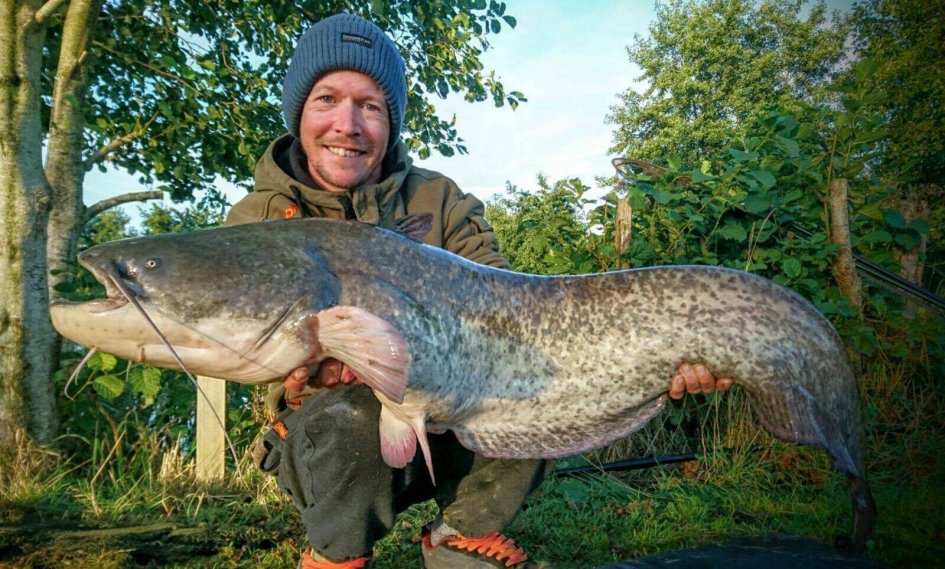Catfish is a delicious and nutritious fish that has been eaten all over the world. It can be cooked in many ways and is a versatile ingredient.
There are some things to be aware of if you plan on eating catfish. The following article will go over some of the most important aspects and issues surrounding this popular dish.
Overview of Catfish as a Food Source
Catfish are a popular, healthful and delicious food source. Their meat is low in calories and sodium, but contains a lot of protein and other nutrients.
Their whiskers on their face, known as barbels, help them feel for food along the riverbed or ocean floor in dark muddy waters. These whiskers have sensory cells that are very similar to taste buds, and a catfish can use them even in the mud to locate food.
The dietary requirements of catfish are determined by a variety of factors, including water temperature, feed allowance, fish size, amount of nonprotein energy in the diet, protein quality, natural food availability, and management practices. In addition, lipids (fats and oils) are often included in a fish diet because they provide a concentrated source of energy that is easily digested. Lipids are also important for helping absorb fat-soluble vitamins and promoting flavor of fish flesh.
Culinary Uses and Traditional Dishes
Catfish is a delicious and nutritious fish that can be enjoyed in a variety of ways. It is a favorite in the southern United States, and it can be eaten raw or cooked.
Traditional dishes featuring catfish include fried, breaded and grilled varieties. They are often served with sides such as coleslaw and hush puppies.
Channel catfish are the most common type of commercially produced catfish. They have a distinctive, moist, sweet and mild flavor with firm flesh that is less flaky than other whitefish species.
The flavor of catfish flesh is derived from the time it spends in the muddy bottoms of waterways. Its muddy taste is not for everyone, however.
Availability and Market Trends
The demand for catfish is growing rapidly worldwide as it is a healthy, high-protein and low-calorie food. It is also available in a variety of forms, including whole-dressed, breaded and marinated.
As a result, catfish is being produced at a larger scale than ever before. This is due to several factors, including improved fish-growing technology and increasing production efficiency.
The global catfish market is expected to expand over the next five years. Its growth is fueled by the rising awareness about its health benefits and the growing population base. It is also driven by changes in lifestyle patterns and technological advancements.
Health Benefits and Concerns
Catfish is a nutrient-dense fish that is rich in essential vitamins and minerals. It is an excellent source of omega-3 fatty acids, which are known to help with heart health and brain function.
It is also a good source of vitamin B12, which supports the proper function of red blood cells and the central nervous system. People who consume a diet deficient in vitamin B12 are at risk for developing anemia, which can lead to fatigue and other symptoms.
However, some people are concerned about the amount of heavy metals present in farmed catfish. The National Center for Complementary and Alternative Medicine reports that farmed catfish can contain high amounts of mercury, copper, cadmium, and lead.
Sustainability Issues
The harvesting and consumption of catfish can have a large impact on the environment. Often, fish farming is done as a monoculture, which is inefficient and causes significant environmental problems such as water pollution.
A polyculture approach, which raises other species in the pond to feed catfish, can reduce these issues. It also helps avoid the use of antibiotics in fish to prevent disease (which occurs more often in overcrowded confined fish) and can reduce pollution from water exchange.
Another concern is the impact on the genetics of wild fish resulting from escapees from aquaculture farms. This is particularly an issue for cage fishing in open waters and pond farming in rivers and streams.

